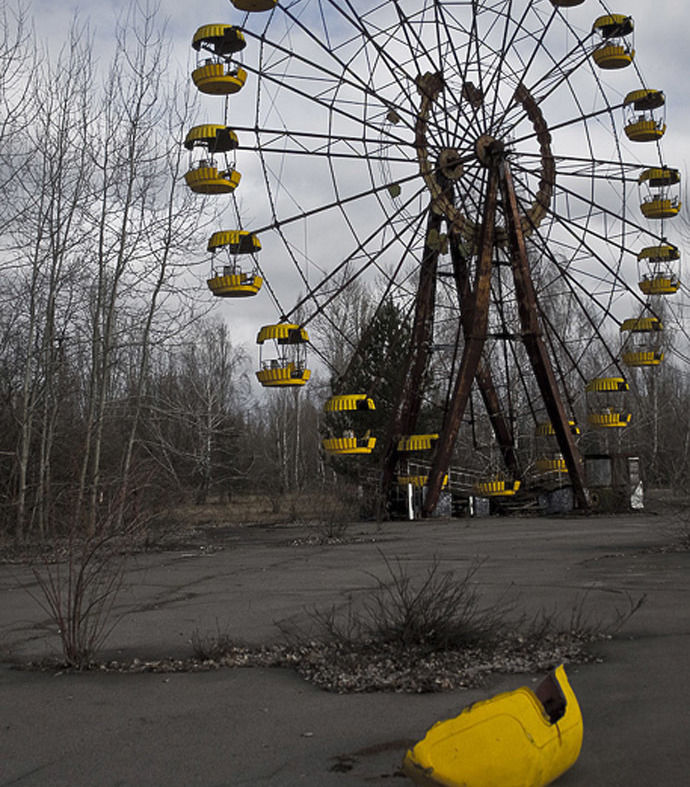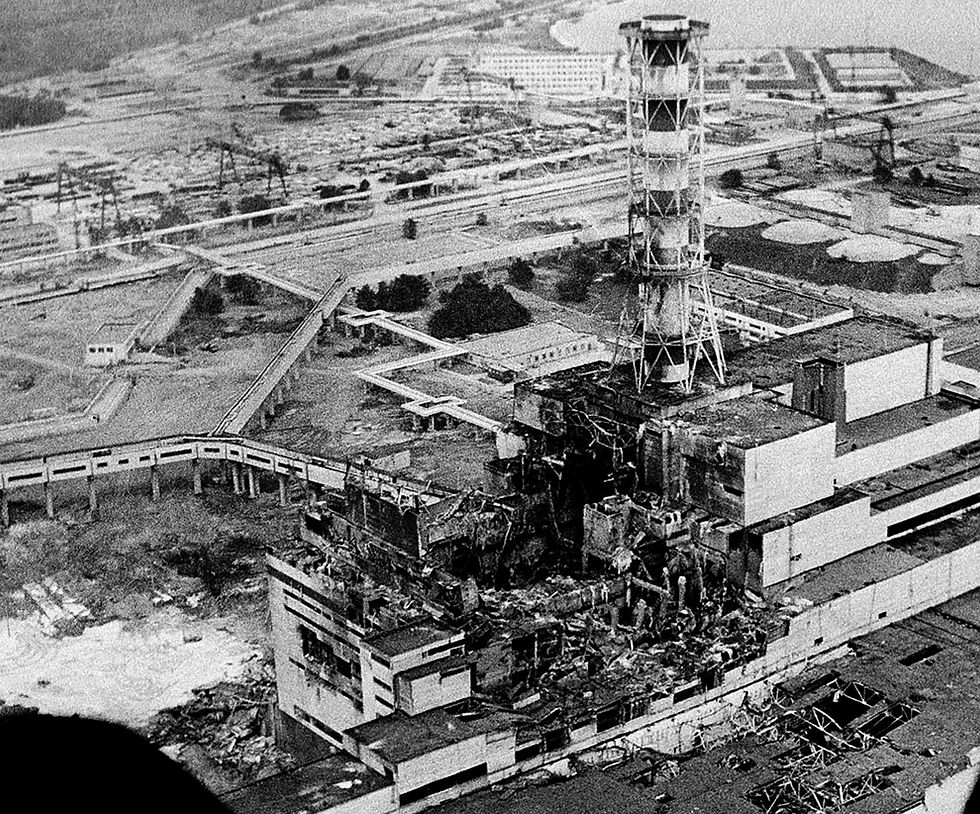Chernobyl & Chemical Engineering
- livyheimer
- May 8, 2016
- 3 min read

Chernobyl was a large nuclear power plant until disaster struck when a nuclear meltdown occurred thirty years ago. It is the world’s worst nuclear accident.
Even today, the globe is still affected by the massive amount of radioactive materials that was spewed into the atmosphere starting April 26, 1986.
Chernobyl is in Ukraine and was, at the time, part of the USSR. The operating crew in Chernobyl at reactor number 4 was testing whether the turbines could produce enough energy for coolant pumps if the plant lost power. Safety systems were switched off during this test in order to prevent any interruptions to the reactor’s power. To conduct the test, the reactor had to be powered down to 25%, but the power unexpectedly lowered to 1%. The crew had to gradually increase power back to 25% in order to conduct the test. This did not go according to plan and there was a sudden power surge. The emergency shutdown failed.

“The reactor's fuel elements ruptured and there was a violent explosion. The 1000-tonne sealing cap on the reactor building was blown off. At temperatures of over 2000°C, the fuel rods melted. The graphite covering of the reactor then ignited. The graphite burned for nine days, churning huge quantities of radiation into the environment. The accident released more radiation than the deliberate dropping of a nuclear bomb on Hiroshima, Japan in August 1945.” - Greenpeace
Nuclear radiation quickly spread throughout parts of Eurasia. Nearby towns, such as Pripyat, were evacuated and its citizens were never to return to their homes. An exclusion zone still exists in which entry requires a government permit. The effects were felt most in Russia, Ukraine, and Belarus. Chernobyl has caused genetic diseases, increased mutation rates, and a number of other health problems. Radiation from this fallout has contaminated air, water, and food. Organisms around the Chernobyl region are found having cataracts in their eyes and smaller brains. Plants and animals affected from this disaster are still unfit for human consumption. Greenpeace has estimated a total of around 93,000 cancer deaths caused by Chernobyl radiation.
Other accidents like this one have happened. For example, a similar nuclear fallout occurred in Fukushima, Japan five years ago.
One of the few ways to prevent accidents like this one from happening again would be to stop using nuclear energy. There are other alternative sources of energy, such as solar, wind, and hydroelectric energy, and more can be created with a little bit of innovation. Chemical engineering is a great career path for anyone interested in finding alternative sources of energy to prevent the use of nuclear energy and fossil fuels. Please consider a career in chemical engineering if you think this is an important world problem and want to search for a better, more safe, and sustainable source of energy.
Clearly, the negative effects of nuclear energy outweighs the fact that it is a source of energy, since there are so many other options for energy that do not cause all of these problems. What are your thoughts? Is the use of nuclear energy too risky, or is the low chance of a nuclear accident good enough to keep using nuclear energy? Comment below to weigh in on this discussion! Also, comment if you feel like chemical engineering is a career path that you might want to choose!
Links of sources/ more info:

Comments